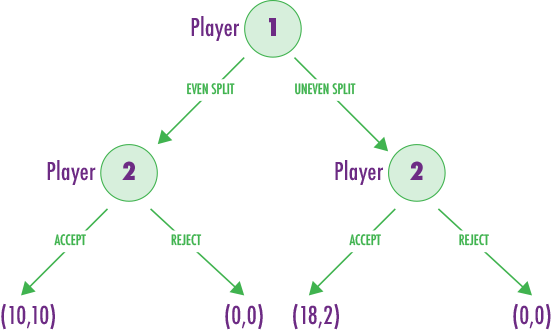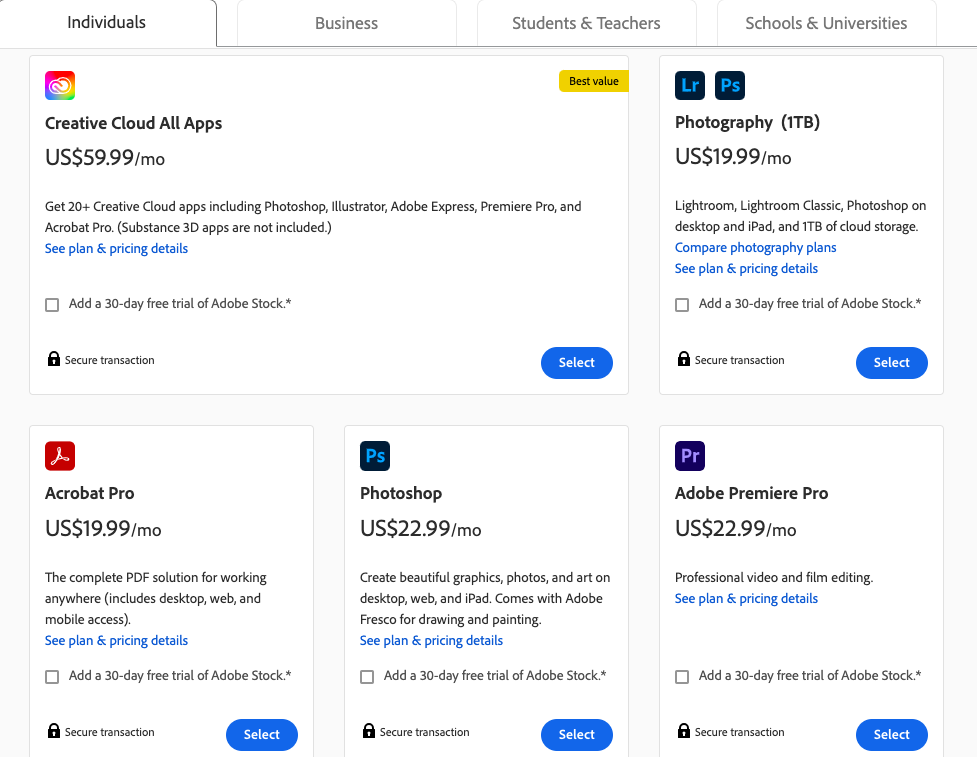The Psychology of Pricing: The Power of Fairness
Edward Wong is a Project Manager at Ibbaka. See his LinkedIn profile.
Instinctively, we as humans have a natural capacity for empathy. This drives us to seek fairness in how we are treated, to extend similar treatment to others, and to innately reject any form of exploitation. In the realm of commerce, fairness holds significant sway over consumer behavior. While there are individuals who seek advantage, the majority gravitate towards transactions that feel justly balanced. This innate preference for fairness has profound implications for pricing strategies and their presentation.
The concept of fairness can be illustrated through the 'ultimatum game,' a classic example in the study of behavioral economics and game theory. In this game, participants are paired, and one is given a sum of money, say $20, to share with their partner. The partner can either accept the offered share or reject it entirely, leading to neither party gaining anything.
Experiment with your team to observe the outcome.
Typically, the response to this scenario often reflects a desire for fairness, with most offers falling within the $8 to $10 range. Notably, even when offered only $2, many reject it as unfair, defying conventional economic theory. This demonstrates the pivotal role of perceived fairness in pricing dynamics.
This perception of fairness is crucial when it comes to pricing. Customers often compare your pricing structure with competitors', opting for what seems more equitable rather than what's best for them.
Ensure your pricing appears fair to your customers.
I encountered a similar scenario with Adobe and their Creative Cloud subscription model. Initially, Adobe's software, like Photoshop and Illustrator, was sold as standalone products, carrying hefty upfront costs. Furthermore, when Adobe released new versions, customers faced the dilemma of additional large payments to upgrade. This pricing structure failed to account for the willingness to pay across its many potential users, including freelancers, small businesses, and students, who found the software essential yet unaffordable.
Willingness to pay (WTP) is a critical aspect of crafting a fair pricing model, requiring detailed insight and careful consideration. As a customer of Adobe, I experienced a moment of hesitation, not due to the price itself, which was within my WTP threshold, but because of the initial perception of unfairness in their pricing.
Adobe adeptly responded to the differences in WTP among its users by transitioning to a subscription model. The company introduced a range of subscription plans, each designed to meet the specific needs and financial capabilities of different user groups. For instance, students and educators were offered discounted rates, recognizing their typically lower WTP compared to professional or enterprise customers. This strategy ensured that more users could access Adobe's software at a price point that felt fair and within their willingness to pay, without feeling marginalized by a one-size-fits-all pricing structure.
Moreover, Adobe's move to include continuous updates and new features as part of the subscription fee directly addresses the value proposition to customers. It ensures that all subscribers, regardless of the plan they choose, receive ongoing value that justifies their investment over time. This approach not only enhances the perception of fairness in Adobe's pricing but also encourages a deeper engagement with the product suite, potentially increasing the lifetime value of each customer.
If someone requires multiple solutions from Adobe, opting for the Creative Cloud package, which encompasses all apps, could prove to be more economical.
So, what is the takeaway?
There is power in presenting your pricing as fair to customers. Fair pricing doesn't involve exploiting customers' vulnerabilities or imposing arbitrary price differences.
Tailoring pricing strategies to account for varying customer willingness to pay is a cornerstone of effective pricing practices. This isn't to suggest abandoning market segmentation; rather, it's about leveraging these differences to ensure value alignment for both the provider and the consumer.
The evolution from a uniform pricing model towards more nuanced, segment-specific pricing structures is imminent, especially as businesses evolve from selling products to offering comprehensive solutions. This transition underscores the importance of developing distinct pricing strategies for different offerings, a trend increasingly evident among SaaS companies moving towards multi-tiered pricing models.
Ultimately, the goal is to maintain fairness, offer compelling value, respect social norms, and secure a portion of profits to reinvest in innovation and reward shareholders. This philosophy underpins successful pricing strategies, balancing customer satisfaction with business sustainability. This approach not only fosters customer trust but also sustains business growth.





